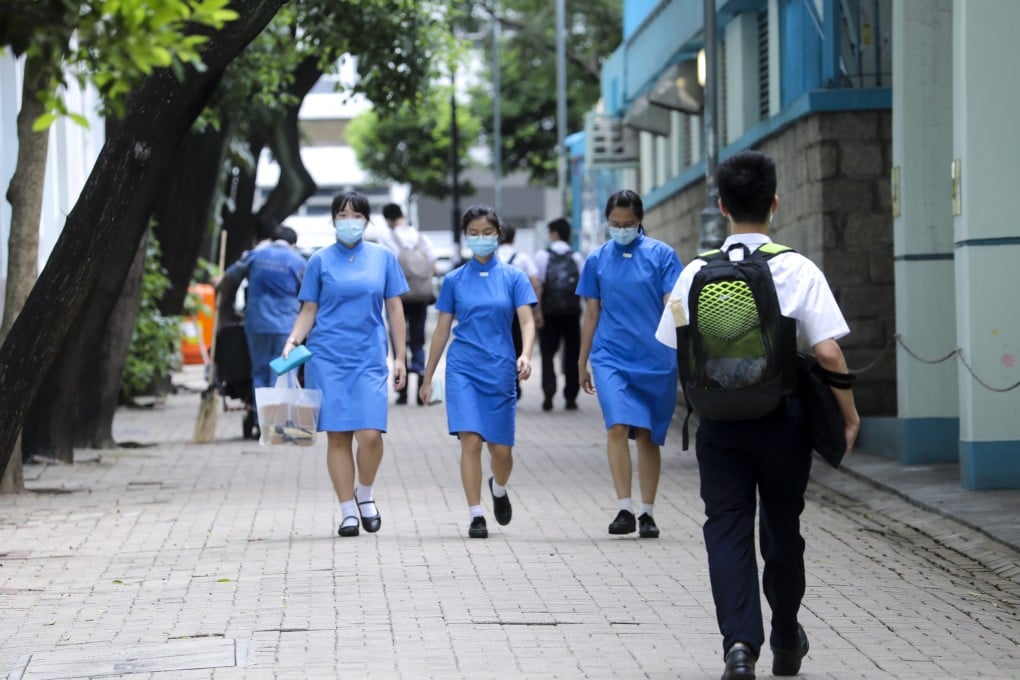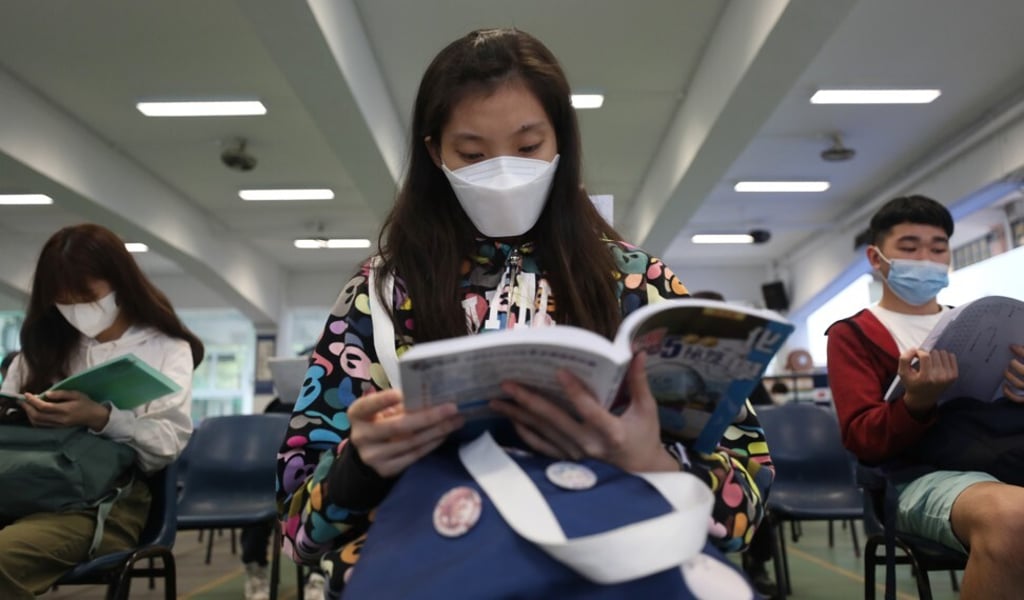Advertisement
Opinion | A comprehensive revamp of Hong Kong’s liberal studies curriculum is long overdue
- A survey of teachers suggests that the curriculum is too broad, lacks clarity over key learning concepts and is skewed towards the humanities. After more than 10 years, liberal studies is due for a proper review
Reading Time:3 minutes
Why you can trust SCMP

There has been a significant backlash against liberal studies in recent years, with the most recent controversy being the textbook vetting exercise by the Education Bureau. Critics have directed their attention towards issues such as the vague and biased teaching materials, and the disparate levels of teaching quality. However, the crux of the issue with liberal studies is its curriculum design.
The curriculum for any subject sets out what has to be taught, how learning should be assessed and the pedagogical approach, all based on the aims and learning outcomes. Liberal studies, born amid the education reforms of the early 2000s, was designed to “liberate” students from compartmentalised forms of education, instead emphasising interdisciplinary learning, thinking skills and appreciation of diversity.
The subject promotes learning through inquiry, with the hope that students acquire critical thinking skills as they research and discuss real-life issues.
Advertisement
However, despite the well-intended goals, education experts have consistently observed that the liberal studies curriculum is too broad and poses a difficulty for teachers.
Given that teachers have only 168 hours to teach the 12 themes of the curriculum, or 14 hours per theme, is it realistic to expect students to master broad topics such as “Chinese culture and modern life” or “science, technology and public health”?
Advertisement

Advertisement
Select Voice
Choose your listening speed
Get through articles 2x faster
1.25x
250 WPM
Slow
Average
Fast
1.25x

